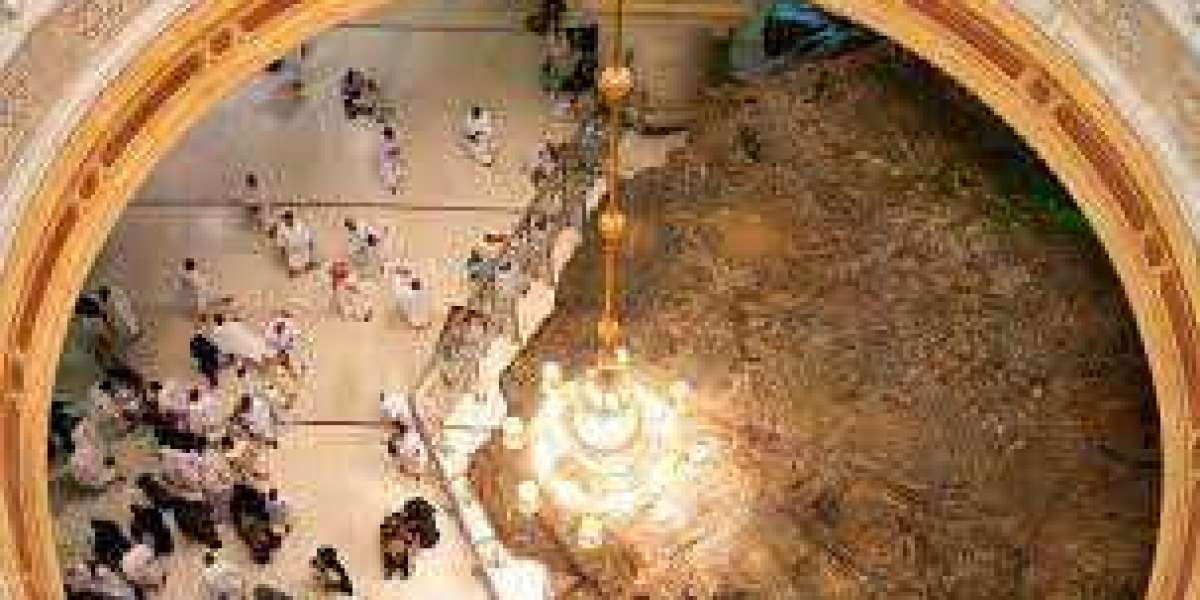Saee is among the fundamental rituals of Umrah that pilgrims necessarily have to undertake in order to make their pilgrimage valid. Every pilgrim traveling through Umrah packages from UK and the rest of the countries is required to offer the Saee ritual individually, on its own. However, if someone has a genuine need for assistance, it’s also permissible to take help under certain terms and conditions.
Here’s everything you need to know about Saee in Umrah.
History and Importance
Saee is among the four primary rituals of the minor pilgrimage i.e.;
• Ihram.
• Tawaf.
• Saee.
• Halq/Taqsir.
The history of Saee goes back to the times of Hazrat Ibrahim (AS) when he left his wife Hazrat Hajar and infant son Hazrat Ismail (AS) in the middle of a desert upon Allah’s command. As time passed, Hazrat Ismail became thirsty and Hazrat Hajar ran between the hills of Safa and Marwah in search of water for her son but could not succeed. However, miraculously water sprang out from where the infant Ismail (AS) was rubbing his feet (by the will of Allah Almighty). That water continues to exist even today and is known as Zamzam water.
The well of Zamzam is present within Masjid-al-Haram. The pilgrims of Umrah drink this water as part of their Umrah rituals as well as carry the sacred water to their homes for their loved ones.
So, the Saee ritual is all about remembering the struggle of Hazrat Hajar due to which pilgrims are also required to walk/run across the hills of Safa and Marwah seven times.
Steps to perform Saee
1. The Saee ritual must begin from the hill of Safah after the Tawaf rituals are completed.
2. Make Intention for the Saee ritual by facing the Holy Kaabah.
3. Climb the hill of Safah till you see the Holy Kaabah.
4. Raise your hands there to supplicate; recite Quranic verses, or do Dhikr.
5. Start your walk towards Marwah Hill by descending from Safa at a normal pace. However, it’s a preferred activity for the male pilgrims to walk briskly between the green markers.
6. Climb the hill of Marwah till you can see Safah Hill clearly.
7. Supplicate and recite as you did on Safah Hill.
8. Continue the process in the same manner, such that the seventh round of Saee ends at Marwah Hill.
9. After you’ve completed the seven rounds of Saee, perform a supplication there and seek forgiveness and blessings from Allah Almighty.
10. After the Saee rituals, proceed to the area where hair is shaved or trimmed to undertake the next ritual of Halq/Taqsir.
a. It’s a preferred activity for men to shave their heads completely (Halq), however, they can also opt for trimming if they want.
b. Women can only cut a small portion of their hair i.e., a fingertip’s length, and not more than that.
Recommended Duas
When it comes to Saee, there are no specific supplications advised for pilgrims to recite necessarily. Therefore, one can;
• Engage in general supplications.
• Do Dhikr of Allah Almighty,
• Recite Quranic verses.
• Make personal Duas.
All in all, it can be said that the Saee ritual is an opportunity for pilgrims to pour out their hearts in personal prayers as well as seeking guidance, and forgiveness from Allah Almighty.
So, these are some of the things to know about the Sayee ritual.





